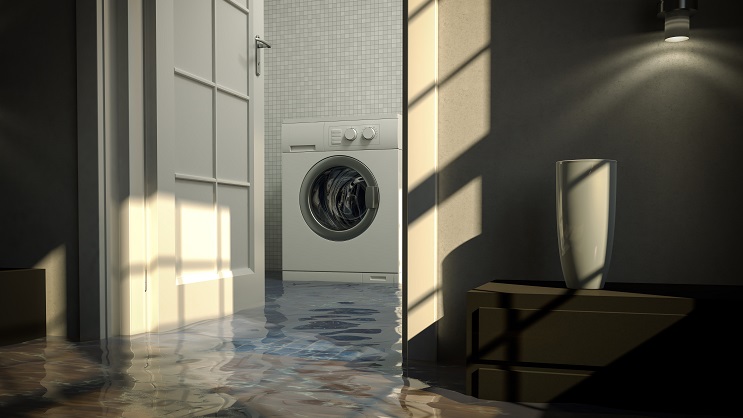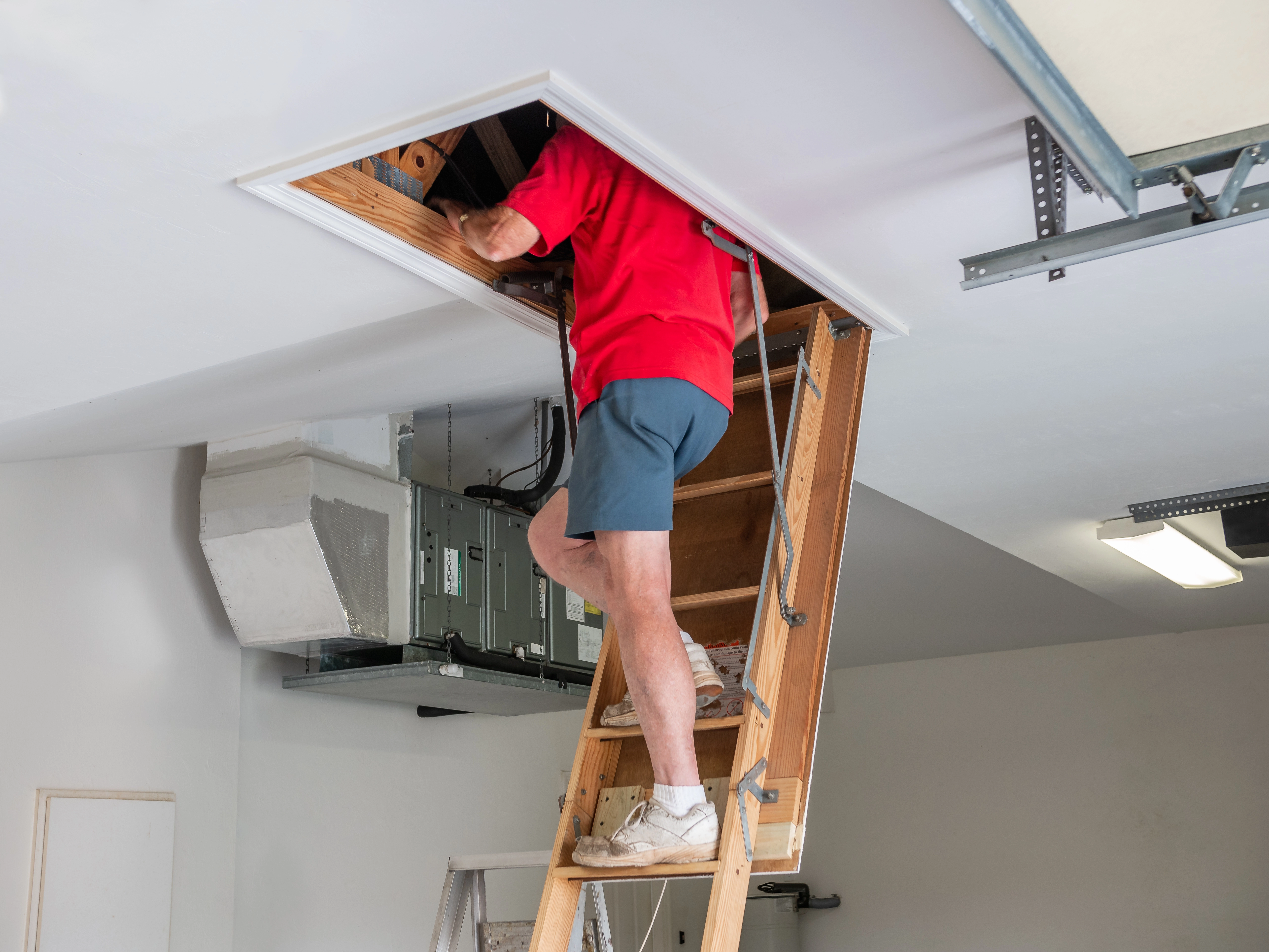Tips to Prevent Flooding in Upstairs Laundry
What is wet and messy and can cause a major headache? A leaky washing machine! Whether you have your laundry in the basement, on the first floor, or in a second story closet, dealing with water as the result of a laundry room malfunction could lead to some serious damage.
May 2, 2019
|
Home

What is wet and messy and can cause a major headache? A leaky washing machine! Whether you have your laundry in the basement, on the first floor, or in a second story closet, dealing with water as the result of a laundry room malfunction could lead to some serious damage. Water damage can impact the walls, floors, and ceilings. Here are some tips to help limit potential damage from a washing machine mishap.
- Place a tray under your washing machine. Washing machine trays can be found at most home improvement stores for a reasonable cost. They could help you notice a small leak sooner but are limited in the capacity of water they can hold before they themselves begin to overflow.
- Have a drain in your laundry room. This takes the prior tip one step further and provides a way to remove any water versus just collecting it. Tips 1 and 2 can be used together to contain the leak to the tray underneath the unit and direct water out of the house.
- Periodically check your hoses and connections. It is a good idea to make a habit of checking for worn out washer hoses. Make sure connections to the water supply and washer unit haven’t wiggled loose from repeated vibrations and the discharge hose is still firmly in place.
- Install water leak sensors or automatic shutoff valves. A huge part of preventing major damage related to a water leak is being aware that it is happening as quickly as possible. A leak sensor can alert you that water has been detected and the automatic shutoff valve takes prevention one step further and turns off the main water supply if a leak sensor is activated.
- Turn off water between loads. While this may seem like a drastic step, the likelihood of the laundry system springing a leak drops dramatically if the water is not on. This can be accomplished by simply turning the water shutoff valve by your hose connections. You just have to remember to turn it back on when you do laundry next.
Installing a drain might be a big step for an existing laundry room, but it could provide extraordinary benefits in the event of a leak. Many of the above tips can be quickly and easily added to your laundry room today!
An insurance company that cares about you and insuring the things you wish to be insured.
Get a Quote> Find an Agent>

